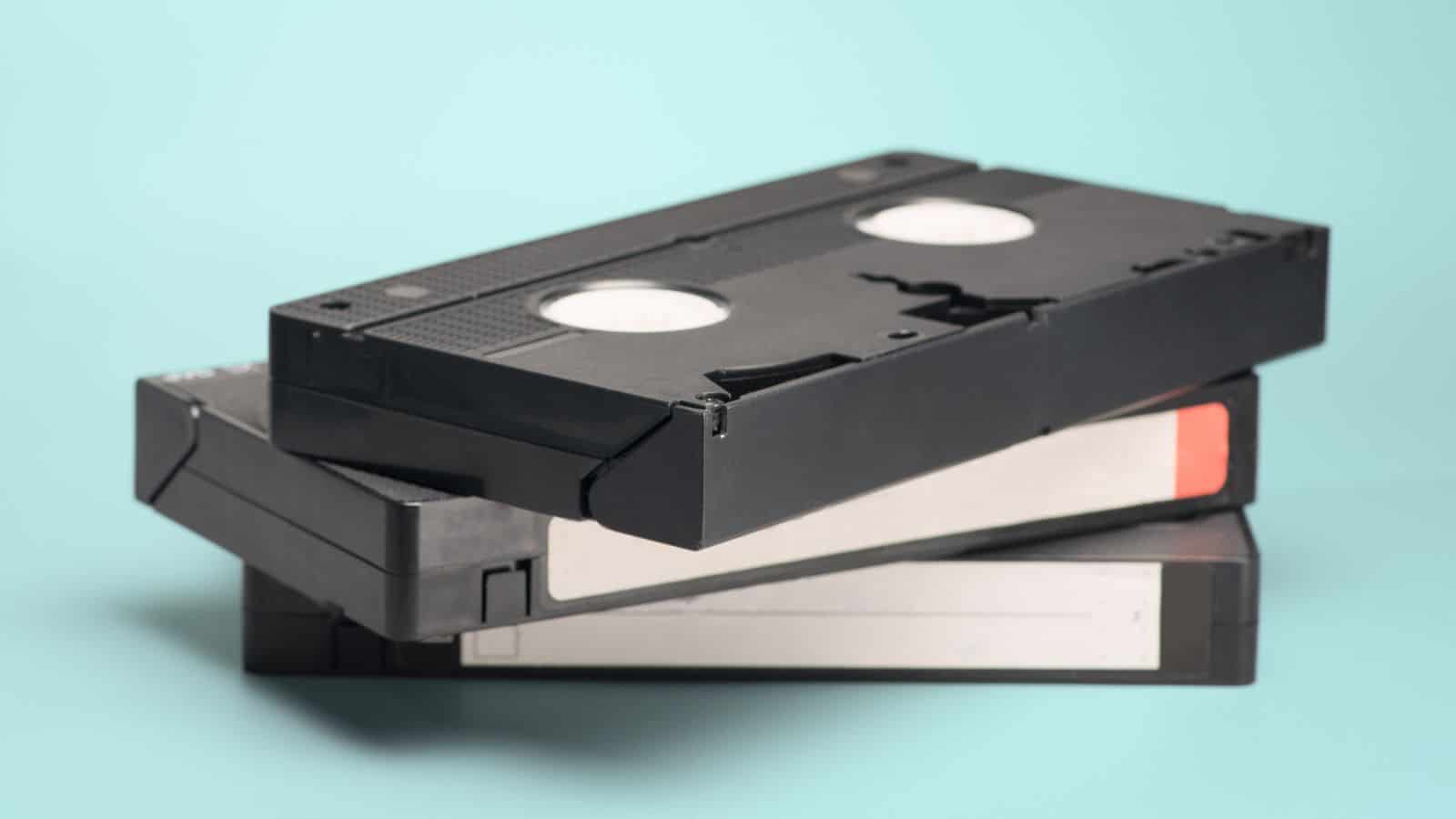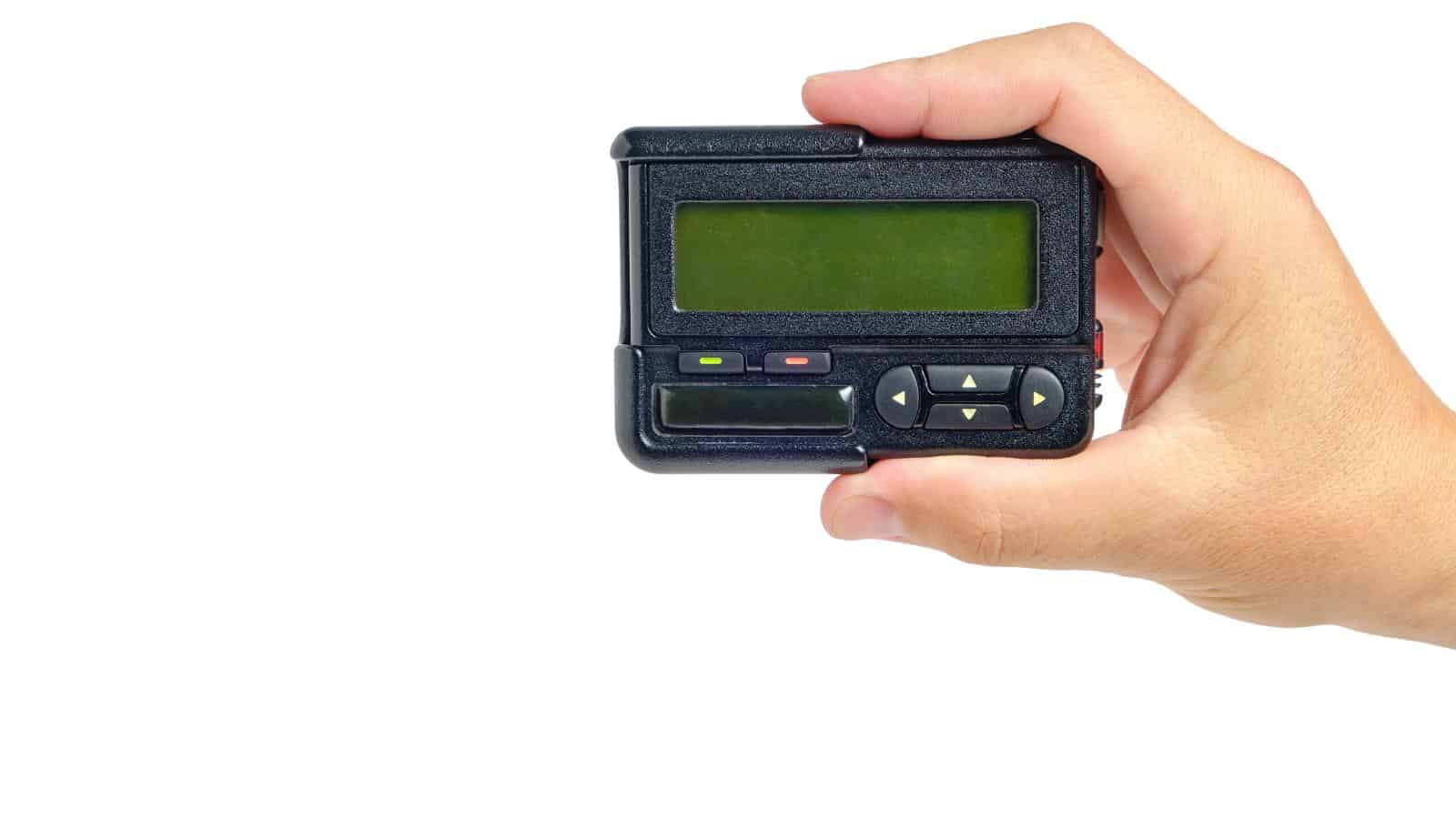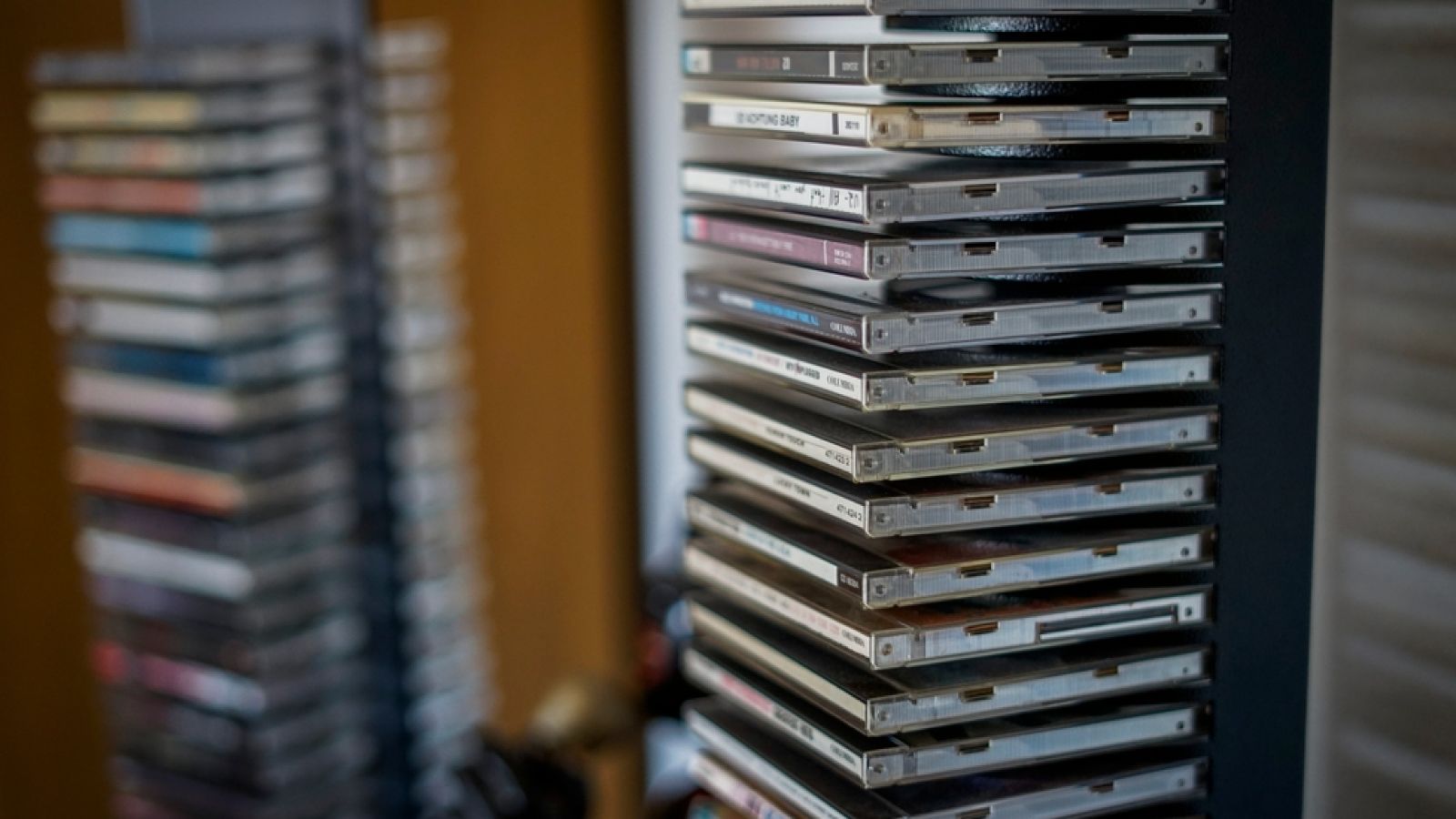When we think back on the 1990s, it was mostly a time of fun, new tech inventions, and pop music. What felt essential back then now seems unnecessary in today’s world, as technology progresses and some everyday items are no longer needed. Let’s take a look at the everyday things from the 1990s that have (unfortunately) become completely irrelevant.
Yellow Pages

Finding a plumber, electrician, or local business used to mean flipping through the thick Yellow Pages directory. Delivered to every home, it was packed with listings and ads for every service you could imagine. However, as the internet grew, online directories and search engines like Google made finding services faster and easier.
Telephone Boxes

Telephone boxes were once a lifeline for anyone needing to make a call while out and about. Found in town centres, shopping centres, or on high streets, they were a common sight across the UK.
Carrying loose change to use the phone box was a normal part of everyday life. However, as mobile phones became more affordable and widely available, the need for phone boxes rapidly declined.
Today, they’ve almost entirely disappeared, with only a few iconic red phone boxes remaining, often repurposed into libraries, defibrillator stations, or community landmarks.
VHS Tapes and VCRs

Remember when watching a movie meant popping a chunky VHS tape into a VCR? In the 1990s, this was how families enjoyed their favourite films or recorded TV shows. You even had to rewind the tape before returning it to the rental store, or you’d get fined. Then came DVDs, which were smaller, clearer, and didn’t need rewinding.
Floppy Disks

In the 90s, floppy disks were the go-to way to save files. They were small, lightweight, and easy to carry, but they barely held anything—just 1.44MB, which isn’t even enough for a single photo today. Back then, they were good enough for documents or small programs, but as files got bigger, floppy disks just couldn’t keep up. USB drives and cloud storage soon took over, and floppy disks became useless. Today, most people under 25 have probably never even seen one outside of old movies or TV shows.
CD Walkman

If you wanted to take your music with you, you probably had a CD Walkman. These portable players were a game-changer for music lovers, letting you listen to your favourite albums on the go. The only problem? They were bulky, skipped if you moved too much, and required a stack of CDs to keep the tunes going.
However, once MP3 players and smartphones came along, the CD Walkman quickly lost its charm. Now, it’s a nostalgic gadget that reminds us of a simpler but less convenient time.
Fax Machines

Fax machines were everywhere in offices back in the 90s. It was an easy way of sending documents and feeding a sheet of paper into the machine, and waiting for it to slowly print out on the other side was actually kind of fun. But as email and digital file sharing became faster, cheaper, and easier, fax machines became less useful. Most offices ditched them altogether, and today, they’re almost completely extinct.
Phone Books

Back in the 90s, if you needed a phone number, you turned to the phone book. These massive directories were delivered to every home and were filled with names, addresses, and landline numbers. But as mobile phones became more common and the internet made finding information easier, phone books started to disappear. Most people haven’t opened one in years, and they’re now mostly used as doorstops or recycled paper.
Disposable Cameras

These days, everyone owns a smartphone and taking photos is literally a two-second job. However, back in the 90s, disposable cameras were a must-have for holidays, parties, and school trips. You’d snap a roll of 24 or 36 photos and then drop the camera off at a shop to get the film developed.
Half the fun was waiting to see how the pictures turned out! While they’ve had a small revival among vintage photography fans, they’re no longer a practical choice for capturing memories.
Pagers

Before mobile phones became affordable, pagers were the height of communication technology. They let you receive messages, often just a number or a short code, so you knew to call someone back. Doctors, businesspeople, and even teens carried them around, feeling important when they buzzed. But as mobile phones became widely available, pagers were quickly left behind.
Encyclopaedias

A full set of encyclopaedias was a sign of a well-stocked home in the 1990s. They were heavy, expensive, and often took up an entire shelf. These books were the go-to source for school projects and general knowledge. But encyclopaedias don’t really have a place in today’s society. Why flip through hundreds of pages when you can get answers in seconds online? Now, encyclopaedias are more likely considered to be decorative than useful.
Cassette Tapes

Listening to music often meant popping a cassette tape into your stereo or Walkman. They were compact and allowed people to record their own playlists, but they weren’t without their flaws. Tapes were notorious for getting tangled in players, and their sound quality wasn’t great. However, by the late ’90s, CDs, with their superior sound and durability, began to dominate the music scene. Now, cassette tapes are little more than a nostalgic curiosity, with a few collectors and retro enthusiasts keeping their memory alive.
Overhead Projectors

Teachers and office workers relied on overhead projectors to display information on a screen. Transparent sheets with notes or diagrams would be placed on the glass surface, and a bright bulb projected them onto the wall. While they were useful at the time, these machines were clunky and required a lot of manual work.
Digital projectors, laptops, and interactive whiteboards quickly took over, offering easier and more efficient ways to present information. Overhead projectors are now a thing of the past, gathering dust in storerooms or sold off as vintage tech.
Beaded Curtains

Beaded curtains were the epitome of 1990s room décor, especially for teenagers. They hung in doorways or as quirky dividers, adding a colourful, bohemian vibe to any space. While they were fun at the time, they weren’t exactly practical—getting tangled in the strands or hearing the constant clatter was all part of the experience. Over the years, they fell out of fashion, replaced by more modern and functional design trends.
Physical Maps

If I ever need to go anywhere, I simply click on the Maps app on my phone, and I know exactly what route to take. This wasn’t the case in the 90s. Back then, we required a folded paper map to always be present in the glovebox. Planning a route meant laying the map out on a table and figuring out the best way to get from A to B, and getting lost often led to heated arguments over how to read it.
Dial-Up Modems

The sound of a dial-up modem connecting to the internet is unforgettable for anyone who used one. Getting online was a slow and frustrating process that often tied up the home phone line. At the time, it was revolutionary to send emails or browse simple web pages, but broadband and fibre-optic internet quickly made dial-up obsolete.
CD Towers

Owning a large CD collection in the 1990s often meant buying a CD tower to store them all. These tall, often plastic racks kept your albums neatly organised and were a common feature in living rooms and bedrooms. With the arrival of MP3 players and digital music libraries, the need for physical CDs dwindled, and so did the demand for CD towers. Now, they’re more likely to be found in charity shops than homes.
Newspaper Classified Ads

Before online platforms like Gumtree or eBay, the classified section in newspapers was the place to buy and sell items, find a job, or even look for a flatmate. Every local newspaper had pages dedicated to these small ads.
The internet completely revolutionised this process, offering faster, easier, and often free ways to connect buyers and sellers. Classified ads in print newspapers have now become a rarity.
Video Rental Membership Cards

Renting videos was a weekly ritual for many in the 1990s, and holding a Blockbuster or local rental shop membership card was almost a badge of honour. These cards were essential for checking out the latest films and making sure you had entertainment for the weekend.
As DVDs replaced VHS and streaming services like Netflix and Disney+ took over, the entire concept of video rental stores vanished. Membership cards are now nostalgic keepsakes from a bygone era.
Personal Organisers

Before smartphones took over, people carried personal organisers like Filofaxes to keep their lives in order. These leather-bound planners held calendars, contacts, and even to-do lists. They were seen as a status symbol for professionals and a necessity for staying organised. However, as mobile phones and digital apps became widespread, personal organisers became redundant.
UP NEXT

Grocery shopping seems to be getting more expensive with each trip, and it’s not just speciality items that are affected—basic, everyday necessities are also seeing significant price hikes. Many of these items are essentials that most households can’t avoid buying, making the rising costs even more noticeable. This article highlights a list of common grocery items that have become pricier than expected, making them feel like a waste of money:
19 Supermarket Staples That Most People Refuse To Buy As They’re Now Too Expensive
Also Read:
19 Purchases the Older Generation Should Avoid in Retirement
19 Things That Used to Be Seen as Status Symbols but Aren’t Today

